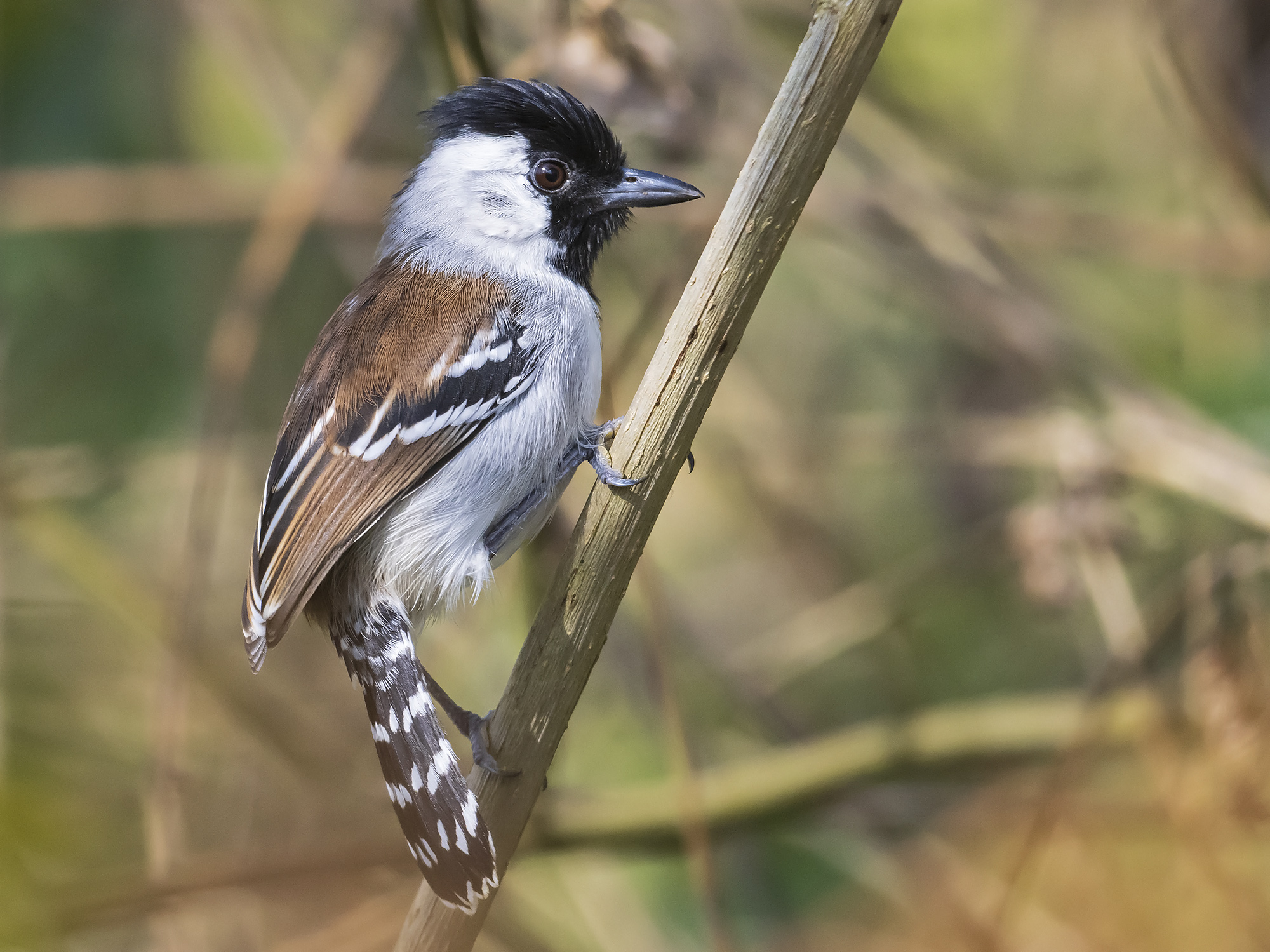New Bird Species Discovered in Brazil
Jun 24, 2024 by Natali Anderson
A multi-character systematic study led by the Universidade Federal do Pará shows that what ornithologists know as the silvery-cheeked antshrike (Sakesphoroides cristatus) actually represent two species rather than one.

Illustration of Sakesphoroides niedeguidonae. Image credit: Eduardo Brettas.
The newly-discovered species, the northern silvery-cheeked antshrike (Sakesphoroides niedeguidonae), is endemic to the Caatinga, a natural region that lies in the hinterland of northeastern Brazil.
“The Caatinga is the largest patch of seasonal dry tropical forest in the Neotropics, located in northeastern Brazil and characterized mainly by deciduous vegetation and extreme rainfall seasonality,” said Dr. Pablo Cerqueira from the Museu Paraense Emílio Goeldi at the Universidade Federal do Pará and his colleagues.
“It has historically been treated as a biologically impoverished domain, but recent studies uncovered new diversification patterns and several new species of frogs, mammals, insects, and fishes.”
“The geomorphology of this region plays an important role in its biogeographic history, with altitudes ranging from sea level in the north, an average 400-700?m through Bahia and Minas Gerais states in the central part, to over 1,000?m on the slopes of the Espinhaço range.”
Sakesphoroides niedeguidonae is only the second species known in the genus Sakesphoroides, which also includes Sakesphoroides cristatus.
“Until recently, Sakesphoroides cristatus was placed in the genus Sakesphorus, but novel genetic and morphological data recovered it as non-monophyletic, prompting the transfer to the separate genus Sakesphoroides,” the researchers said.
More:
https://www.sci.news/biology/sakesphoroides-niedeguidonae-13045.html




